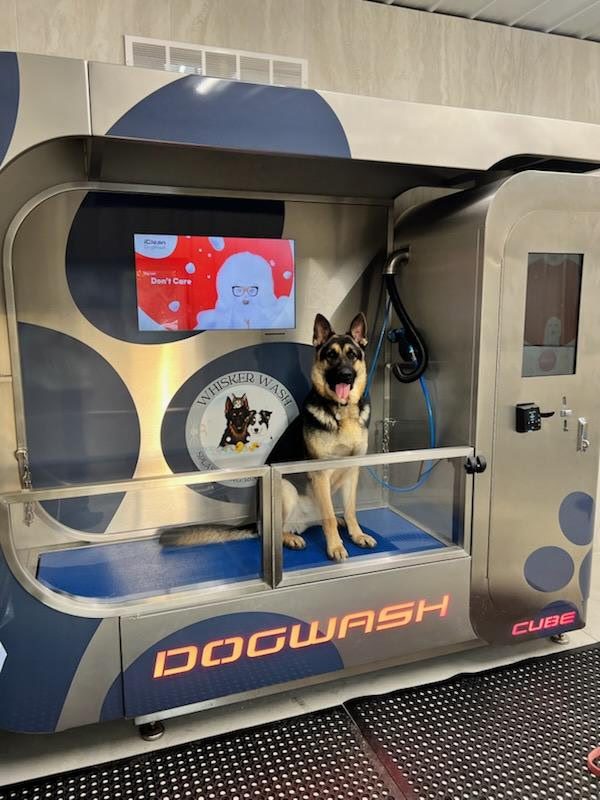The “Piano Man” is playing into the next piece of his life, this time announcing a neurological condition known as Normal Pressure Hydrocephalus (NPH).
Billy Joel, the six-time Grammy Award winner, announced he’s cancelling all scheduled shows following the NPH diagnosis, saying the concert performances “exacerbated” his condition. This included problems with Joel’s hearing, vision and balance.
What is NPH?
NPH is a rare neurological condition, and one form of reversible dementia. In patients with NPH, the buildup of pressure inside the skull leads to hydrocephalus, which means water in the brain.
Three things to look out for in NPH patients are: 1) a loss of bladder control, 2) worsening stability and balance, and 3) cognitive impairment, or loss of executive function (loss of planning, decision making and judgment).
The challenge, according to Deepak Nair, MD, vice president of the OSF HealthCare Neuroscience service line, is those three symptoms are generally more common the older people get. So, it takes extra levels of discernment to identify exactly what problems might be present.
What happens in NPH patients’ brains
NPH is more common in older adults, so it can overlap with other dementia processes like Alzheimer’s or other forms of dementia.
“The increased pressure inside the pockets of fluid inside our brain, called ventricles, is periodically higher, enough that it causes expansion of the ventricles,” Dr. Nair says. “This causes stretching of the brain tissue.”
How NPH is diagnosed
NPH is more “slow and insidious” in its onset, Dr. Nair says. The neurology team at the OSF HealthCare Illinois Neurological Institute (OSF INI) will check the intracranial pressure (pressure in the skull pushing on brain tissue and fluids) through a lumbar tap.
One way of knowing if someone has NPH is for the neurology team to use the Evans Index. It measures the size of the ventricle in the lateral plane of the brain, compared to the actual size of the skull. Most authors will say if the ratio is greater than 0.3, then that increases the odds of NPH. Some suggest if it’s greater than 0.4.
You can also look at the brain face on. And if the ventricles take a shape that is acute (smaller than 90 degrees), that’s also a clue.
Neurologists will also look for enlargement of the temporal lobes. If they’re enlarged more than six millimeters, that’s another clue.
Dr. Nair says it’s important to look at the bigger picture, putting all these things together and seeing what the totality of the situation is.
The suspicion of NPH can come from a brain scan. Neurologists can see the ventricular enlargement, working as a clue to take a closer look at the scan, and the patient, bringing on further examination.
Dr. Nair says in 15 years, he has personally diagnosed a handful of patients. So, diagnosis for NPH is quite rare. But the concern for it comes up a lot, he says. Because some signs and symptoms can appear on brain imaging and naturally with an aging population.
Magnetic gait
“It’s not so much that these patients have an unsteady gait (ability to walk). They can, but the classic description of the gait problem is a type of gait we call the magnetic gait,” Dr. Nair says. “It’s almost like a patient’s feet are glued to the floor and they forgot to pick it up. Once they get moving, they can keep their momentum and continue walking. But if they stop and pause, it’s really hard for them to start again.”
It’s easy for people who are good at keeping routines to “mask over problems,” Dr. Nair says. Especially if you have supportive people around.
Timed gait test
Mobility wise, the same is true for common movements you learn as a child (first steps, walking, etc.). Once a formal NPH diagnosis is expected, a follow-up test will be done, referred to as the “timed gait test.”
“You’ll have the patient walk a set distance, and literally time them with a stopwatch. Then we try to relieve the pressure by either doing a large-volume tap (lumbar puncture) and remove 30 milliliters (one fluid ounce) of fluid from the brain,” Dr. Nair says. “Then we redo the gait assessment.”
If their time improves, it helps confirm the diagnosis and increases the likelihood of success with the future treatment option, called a ventriculoperitoneal shunt (VP shunt).
It’s an extra drain placed into the ventricle system, which goes underneath the skin and drains into the abdomen.
VP shunts are more common in the pediatric population, Dr. Nair says, which requires specially trained neurosurgeons. OSF HealthCare Children’s Hospital of Illinois in Peoria has trained neurosurgeons who are able to skillfully perform this procedure.
NPH can be treated
The good news? NPH can be reversed, unlike many other dementias.
“NPH is different. It’s not a primary neurodegenerative disease,” Dr. Nair points out. “We don’t really know why it happens, but when it’s identified early and correctly, it can be treated. Patients who are appropriately managed can have perfectly normal lives afterwards. I’ve seen this.”
Healthy lifestyle tips like eating a balanced diet, regular exercise, not smoking, and regularly seeing your primary care team, are all recommended as prevention tips. If serious cognitive issues are arising, making daily life difficult, it’s important to get an evaluation by a neurologist.
***Courtesy of OSF HealthCare***















